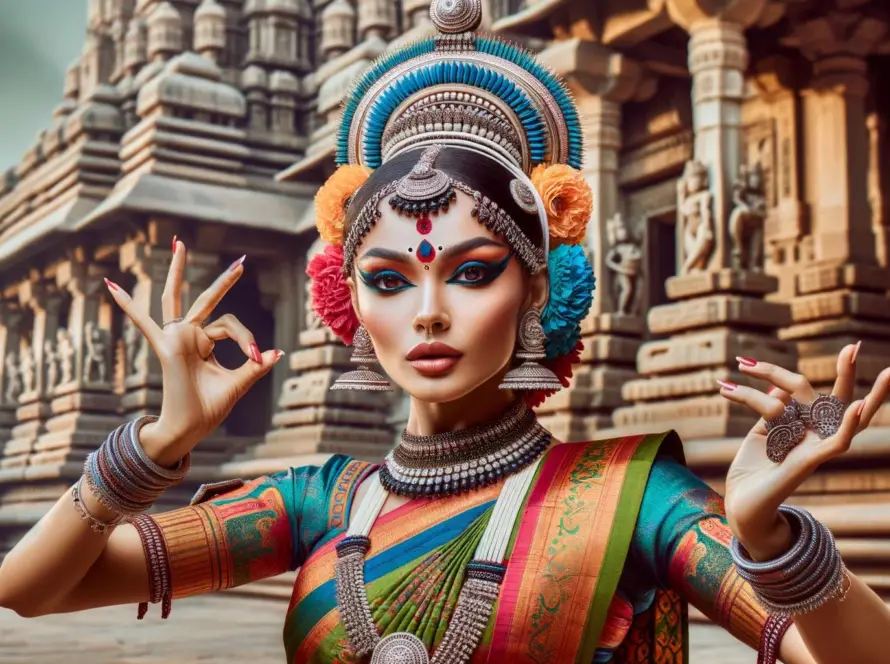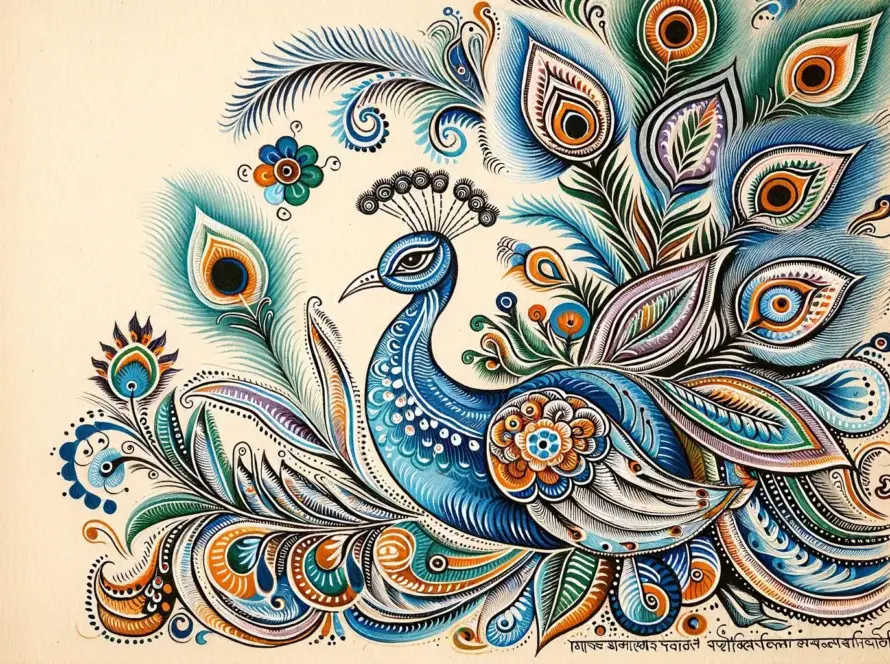Generated by Contentify AI

India’s Literature Through the Ages
India, a land of cultural wealth and spiritual enlightenment, has a rich literary heritage that spans centuries. From ancient Sanskrit texts to modern works, India’s literature offers a captivating glimpse into its diverse history and traditions.
At the heart of India’s literary tradition lies the Vedas, a collection of ancient texts written in Sanskrit. These sacred scriptures contain hymns, rituals, and philosophical discourse, serving as the foundation for Hinduism and influencing later works of literature. The Mahabharata and the Ramayana, two epic poems composed around 500 BCE, depict the adventures of deities and heroes, exploring moral dilemmas and imparting valuable life lessons.
As time passed, regional languages like Tamil, Telugu, and Bengali began to flourish, giving rise to a wealth of vernacular literature. Poets like Kalidasa, who composed immortal works like “Shakuntala” and “Meghaduta,” showcased the beauty of Sanskrit poetry. This golden age of Indian literature saw the emergence of rich storytelling traditions, myths, and fables that continue to captivate readers to this day.
In more recent times, India’s literature has been shaped by the influences of colonization and social reform. The works of Rabindranath Tagore, the first non-European Nobel Laureate in Literature, reflect the struggles and aspirations of a nation seeking independence from British rule. His timeless poems, plays, and novels resonate with themes of love, nature, and humanism, making him a beacon of inspiration for generations of Indian writers.
Furthermore, India’s contemporary literature has witnessed a surge of young voices exploring diverse subjects and innovative storytelling techniques. Writers like Arundhati Roy, Amitav Ghosh, and Jhumpa Lahiri have gained international recognition for their evocative portrayals of identity, diaspora, and societal issues. Their works beautifully weave together the complexities of modern India with universal themes, showcasing the unique blend of tradition and modernity that defines the nation.
In conclusion, India’s literature through the ages is a testament to the rich tapestry of its cultural heritage. From ancient scriptures to modern masterpieces, Indian literature continues to inspire, enlighten, and fascinate readers around the world. It is an ongoing journey of creativity and imagination that embraces diversity, encompasses various languages, and celebrates the human experience. As we delve into the vivid pages of India’s literary legacy, we discover a world that is both foreign and familiar, transcending time to connect with our shared humanity.
Key Takeaways
- Indian literature has a rich and diverse history that spans several centuries.
- The Vedas, ancient texts dating back thousands of years, are among the oldest literary works in India.
- Indian literature is known for its use of symbolism, metaphors, and complex storytelling techniques.



